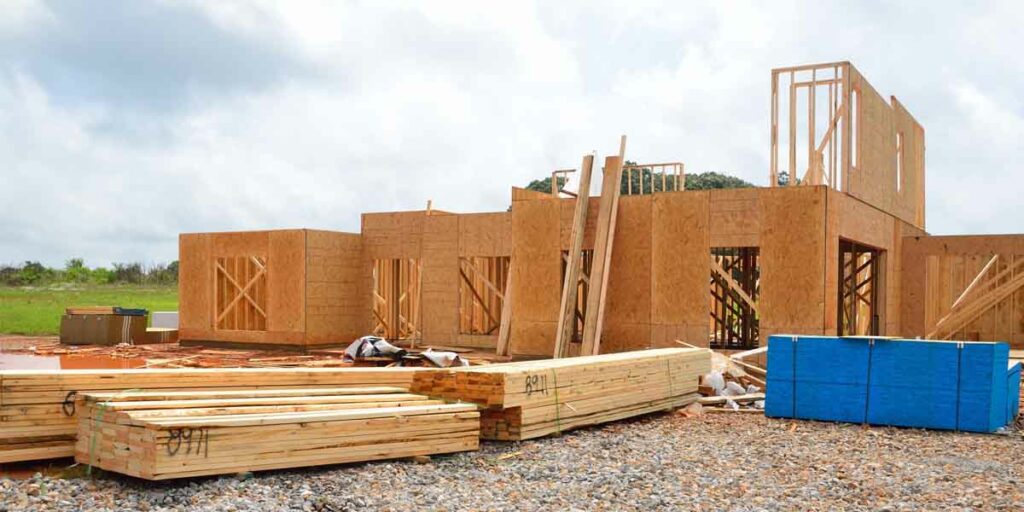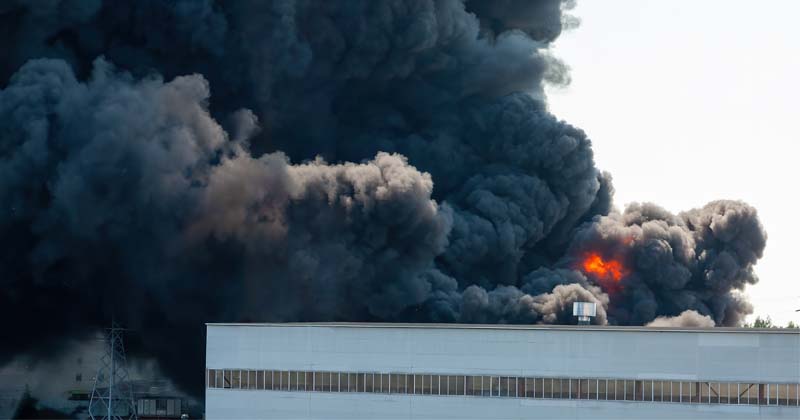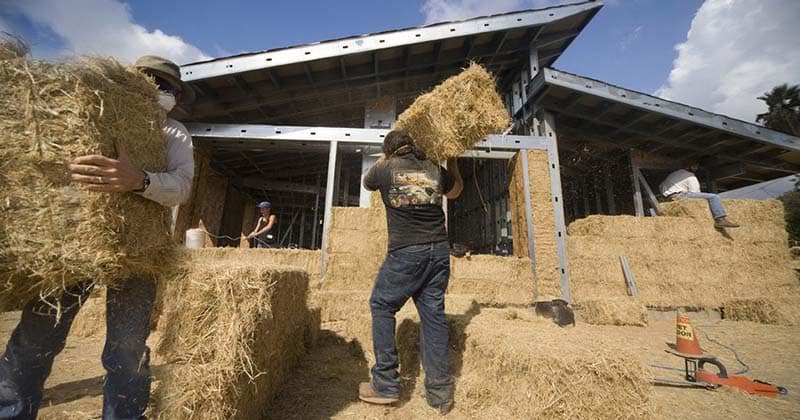Here are our 10 most popular posts of the last twelve months. Dive in and learn some new skills today.
1. Fallout and Nuclear Bomb Shelters Near Me
Learn about the critical time frame for seeking shelter, the characteristics of effective shelters, and practical tips for finding or creating your own safe haven. This guide is a must-read for anyone interested in preparedness and safety in the face of nuclear threats.
2. Homemade Mouse Poison: 7 Tried And Tested Recipes

Explore ingenious ways to tackle rodent problems. This post offers a range of DIY solutions, from baking soda mixtures to surprising uses of common household items like instant mashed potato flakes and vitamin D-3.
Each recipe is detailed for effectiveness and safety considerations, especially around pets and children. Whether you seek a quick fix or a humane approach, this guide offers practical, easy-to-make options for a mouse-free home.

3. How to Make Penicillin at Home (Just in Case SHTF)
This detailed guide demystifies the process, from cultivating penicillin mold to advanced fermentation techniques. While it reveals the complexity and risks involved, the post provides step-by-step instructions for those interested in DIY antibiotic production.
4. 7 Zippo Lighter Fluid Alternatives That Work (And 6 That Don’t)

Discover practical and surprising Zippo lighter fluid alternatives. This post explores unconventional yet effective substitutes like Ronson lighter fuel, perfume, WD40, nail varnish remover, gasoline, white gas, and paint thinners. It also debunks several ineffective options.
While Zippo recommends its own fluid, this guide provides handy solutions for survival scenarios, making it an essential read for outdoor enthusiasts and survivalists.
5. How To Make Oregano Oil

Unlock the secrets of creating your own oregano oil. This guide walks you through a simple, no-special-equipment-needed method to make potent oregano oil, a versatile natural remedy.
Learn the steps from harvesting to processing oregano, and discover the oil’s extensive uses, from treating infections to respiratory issues.
6. How to Siphon Gas

Master the emergency skill of siphoning gas with our practical guide outlining various methods to extract fuel from modern cars equipped with anti-siphon devices.
The post provides detailed steps for each method, from simple tricks like parking on a slope to technical approaches involving fuel lines and Schrader valves. This guide is an essential resource for those needing to fuel generators or vehicles during emergencies.
7. Free Land in the US: List of Active Programs (2023)

This post discusses the opportunities and challenges of acquiring free land in the USA. It explores the reasons behind towns offering free land and cautions that such land often comes with significant drawbacks, such as susceptibility to natural disasters and remote locations with limited job opportunities.
The article outlines specific requirements and restrictions of free land programs, including the need for residential construction, adherence to building codes, and time-bound development. It also lists states with active free land programs, such as Minnesota, Kansas, Iowa, Nebraska, and Colorado.
8. 18 Types of Man-Made Disasters to Know

This post categorizes and details various man-made disasters. These disasters, caused by human actions or neglect, are divided into three main categories: technological, social, and environmental.
It also highlights other significant man-made disasters like nuclear accidents, oil spills, and pollution, emphasizing their impact on human life and the environment.
9. How to Store Flour For The Long Term

Our guide on proper flour storage to maximize its shelf life. Flour, though non-perishable, can spoil due to exposure to oxygen, light, moisture, or insects.
10. States, Counties and Places with No Building Codes in the USA: Comprehensive List

This post outlines areas in the U.S. where building regulations are minimal or unenforced.
We discuss the risks and limitations of building without adhering to codes, including financing, selling, and future code compliance, and highlight the distinction between building codes and zoning laws.
















